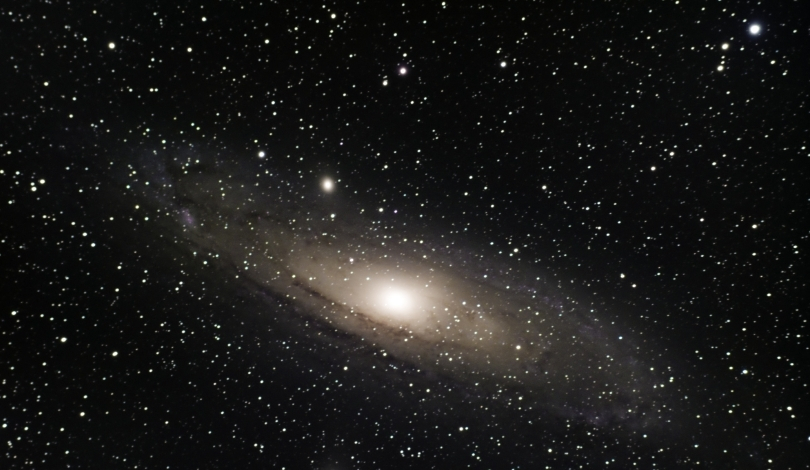Recent research unveils that magnetic fields played a crucial role in limiting the growth of the first stars in the Universe, known as Population III stars. These primordial giants were key to the early cosmos, forging the first heavy elements and influencing the formation of subsequent celestial bodies. Understanding their growth limitations provides deeper insights into the evolution of the Universe’s first structures.
Earlier studies primarily emphasized radiative feedback as the main factor restraining the mass of Population III stars. However, the latest simulations introduce magnetic fields as a significant constraint, reshaping our comprehension of early star formation dynamics.
How Do Magnetic Fields Influence Star Growth?
Magnetic fields counteract the gravitational forces that drive mass accumulation in young stars. In simulations conducted by astrophysicist Piyush Sharda at the Leiden Observatory, magnetic fields limited Population III stars to approximately 65 solar masses within the first 5,000 years. Without these fields, stars could grow up to 120 solar masses, demonstrating the substantial impact of magnetism on stellar development.
What Sets Population III Stars Apart from Modern Stars?
Unlike contemporary stars, Population III stars existed in a metal-poor environment, influencing their formation and evolution. Their rapid rotation generated strong magnetic fields, which, alongside radiative feedback, controlled their growth and led to the formation of star clusters. These differences highlight the unique conditions of the early Universe compared to today’s stellar nurseries.
What Are the Implications of These Findings?
“Magnetic fields limit the amount of gas infalling onto the envelope at later stages by acting against gravity, leading to mass depletion within the accretion disk,”
explains Sharda. This discovery suggests that magnetic fields were pivotal in shaping the initial mass function of Population III stars, offering a more comprehensive understanding of their role in cosmic history.
The inclusion of magnetic fields in simulations marks a significant advancement in modeling early star formation. By demonstrating that these fields can restrict stellar growth before radiative feedback becomes effective, the study provides a more accurate framework for predicting the characteristics and distribution of the Universe’s first stars.
These findings not only enhance our knowledge of Population III stars but also support the foundational theories of physical cosmology. Confirming the existence and behavior of these stars is essential, as their properties have profound implications for the subsequent evolution of galaxies and the distribution of elements in the cosmos.
Magnetic fields, previously underestimated in early star formation, emerge as key players in limiting the mass of Population III stars. This nuanced understanding assists astronomers in refining models of the Universe’s infancy, ensuring that simulations align more closely with observed cosmic phenomena. Future research building on these insights will further unravel the complexities of the Universe’s earliest epochs.










